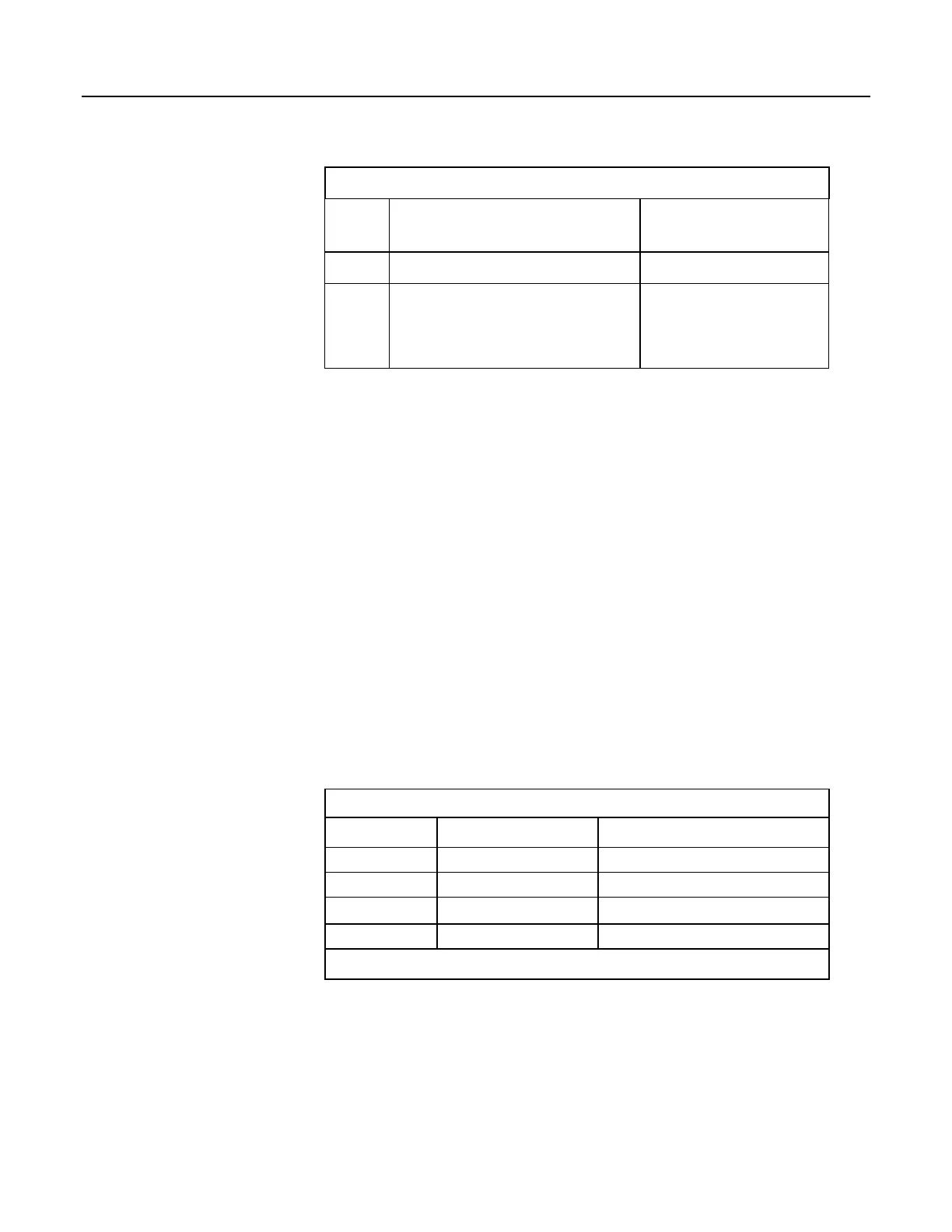Table 68. Limits of Error on CR1000 Thermocouple Polynomials
TC
Type
Range °C
Limits of Error °C
Relative to NIST
Standards
200 to 1000 ±0.02
K –50
to 1372
–50 to 950 ±0.01
950 to 1372 ±0.04
Reference-Junction Error
Thermocouple instructions TCDiff() and TCSe() include the parameter TRef to
incorporate the reference-junction temperature into the measurement. A reference-
junction compensation voltage is computed from TRef as part of the
thermocouple instruction, based on the temperature difference between the
reference junction and 0 °C. The polynomials used to determine the reference-
junction compensation voltage do not cover the entire thermocouple range, as
illustrated in tables Limits of Error on CR1000 Thermocouple Polynomials
(p. 334)
and Reference-Temperature Compensation Range and Polynomial Error (p. 335).
Substantial errors in the reference junction compensation voltage will result if the
reference-junction temperature is outside of the polynomial-fit ranges given.
The reference-junction temperature measurement can come from a PanelTemp()
instruction or from any other temperature measurement of the reference junction.
The standard and extended (-XT) operating ranges for the CR1000 are –25 to 50
°C and –55 to 85 °C, respectively. These ranges also apply to the reference-
junction temperature measurement using PanelTemp().
Two sources of error arise when the reference temperature is out of the
polynomial-fit range. The most significant error is in the calculated compensation
voltage; however, a small error is also created by non-linearities in the Seebeck
coefficient.
Table 69. Reference-Temperature Compensation Range and Error
TC Type Range °C
Limits of Error °C
1
T –100 to 100 ± 0.001
E –150 to 206 ± 0.005
J –150 to 296 ± 0.005
K –50 to 100 ± 0.01
1
Relative to ITS-90 Standard in NIST Monograph 175
Thermocouple Error Summary
Errors in the thermocouple- and reference-temperature linearizations are
extremely small, and error in the voltage measurement is negligible.
The magnitude of the errors discussed in Error Analysis
(p. 327) show that the
greatest sources of error in a thermocouple measurement are usually,
335

